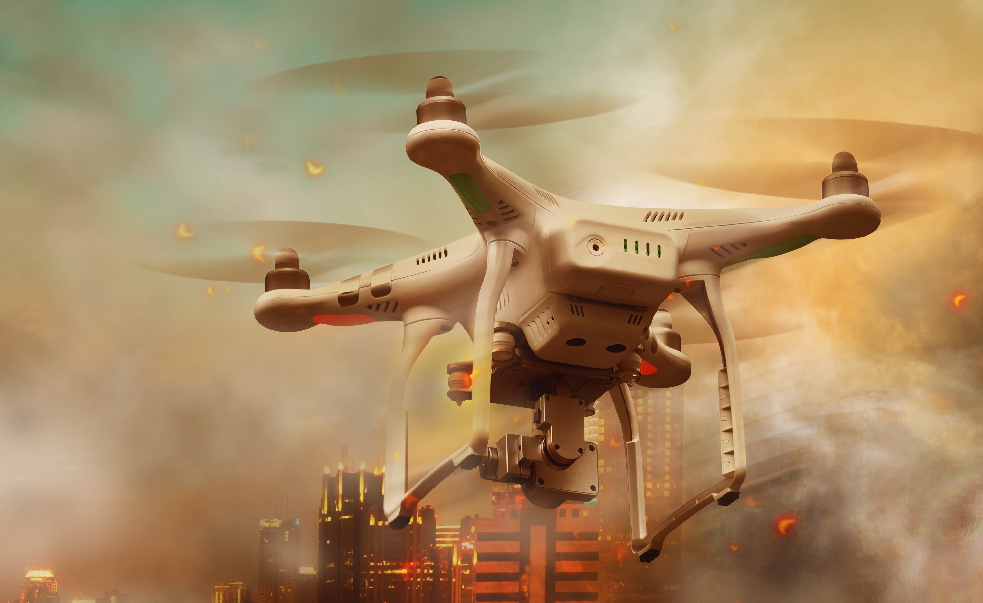Autonomous robots are changing the way industrial tasks are performed by providing a way to complete dangerous tasks in difficult, hazardous environmental conditions on land, air and sea, without the need for human efforts. Robots can complete these tasks, whilst streaming live data to enable real-time situational awareness, using Rajant’s Kinetic Mesh technology. As well as in hazardous conditions, robotics can take over to automate tedious and time-consuming tasks.
Autonomous technology is still often seen globally as a kind of novelty, as it’s still a relatively new prospect. In the past year or so, robots have been used more in the public eye for things such as sports events, deliveries or patrolling public spaces. However, they are known to be an expensive choice and somewhat unreliable, due to connectivity issues, but Rajant is changing the way these systems work and proving that autonomous technology can optimise business workflow and save money in the long run.
Connectivity issues occur when there is a break in the network, that can cause a complete holt to the system. Rajant’s Kinetic Mesh provides constant connectivity, using self-optimising assets. The network is ideal for powering robotics. These systems are becoming operational necessities in some industries, and they will always require a continuous network to be reliable and work at full capacity.
Rajant’s wireless BreadCrumb nodes can be fixed directly onto all robotic assets, providing optimal connectivity that’s required for the system to work. The nodes can hold multiple connections over multiple frequencies, so if a network path becomes unavailable, in-built InstaMesh technology will instantly re-route to the next best available path.
Even at the most basic level, a robot is a computer but on a mobile platform, although they can also be used in a sentinel mode to be stationed in specific locations. When used in conjunction with other robots they provide a lot of value, and can replace the large number of detection points, cameras and sensors that you would otherwise need.
Although robots may be costly, their expense is fractional when compared to the large amount of infrastructure needed to support permanent security devices.
To find out more, please get in touch – http://www.cmilabsplc.com/
